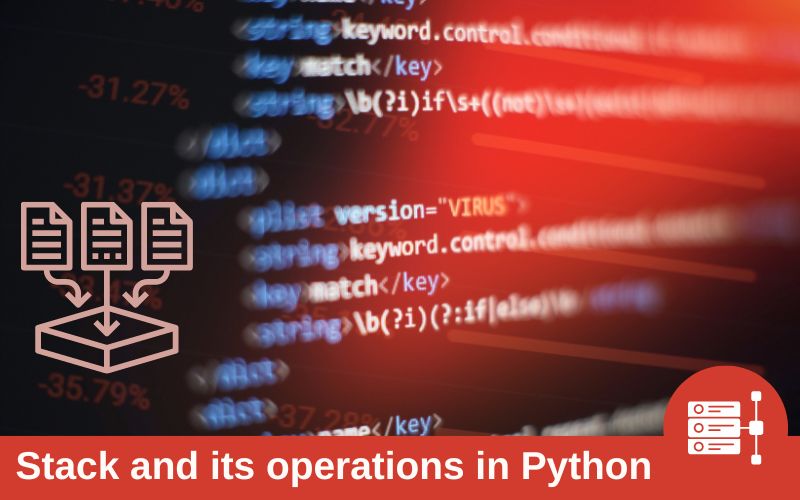Knowing stack operations in Python are like knowing the basics of programming and computer science. Python stack
Basics of Stack and its operations in Python | Python course in Delhi


Knowing stack operations in Python are like knowing the basics of programming and computer science. Python stack